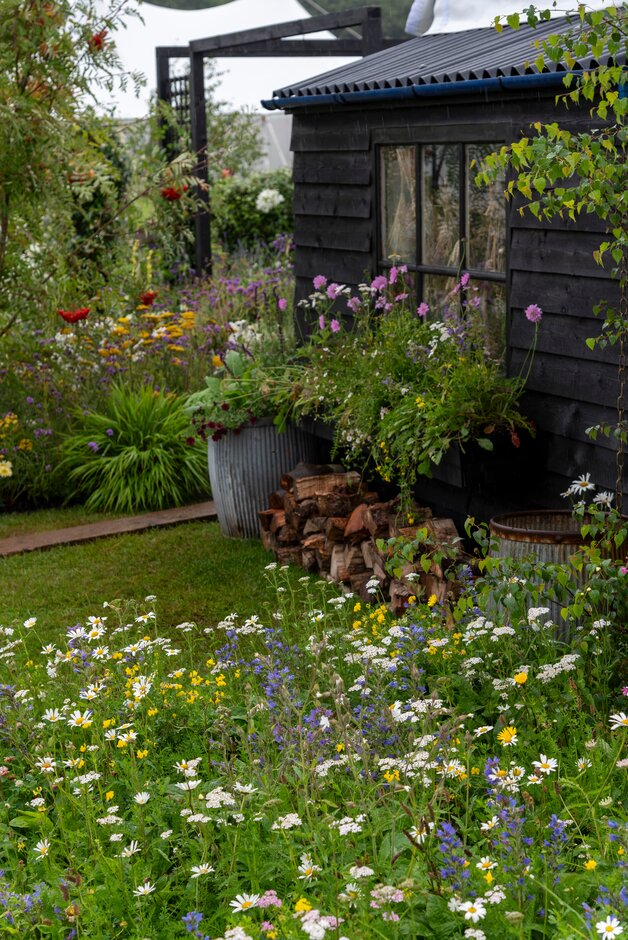Think of garden pollinators, and myriad bees instantly spring to mind. But recent studies have found that night pollinators are actually more efficient than day flying insects. This year researchers from the University of Sussex reported that moths are vital insects for our gardens, pollinating at a faster rate than bees and playing a critical role in pollinating wild plants, too. The latest research follows similar work over the past few years into insects that have largely been neglected from recent studies on pollination.
Like the bees, these insects are in a rapid decline, which not only threatens us, but also food supplies for other species including bats and birds. But we can all make small changes in outdoor spaces to help these moths thrive. Last month at the RHS Tatton Park Flower Show in Cheshire, England, designer Sharon Hockenhull created the Nocturnal Pollinator Experience, highlighting key plants and simple ideas to support these crucial insects. We caught up with the designer to find out more about her night garden—and how we can all do our part to help moths.
Photography courtesy of the Royal Horticultural Society unless otherwise noted.
1. Scent their way.

Moths are drawn to plants that pump out their fragrance at night and these popular garden plants are easy to add to any space. They include hedges and climbers such as star jasmine (an excellent evergreen hedge with stunning white flowers and incredible scent), evening primrose, nicotiana, and night-scented stocks. Many of these plants tend to be pale or white, which helps the insects navigate toward them in the darkness; experts also suggest planting lots of these night-scented cultivars closely together so that the moths do not need to waste energy flying long distances.
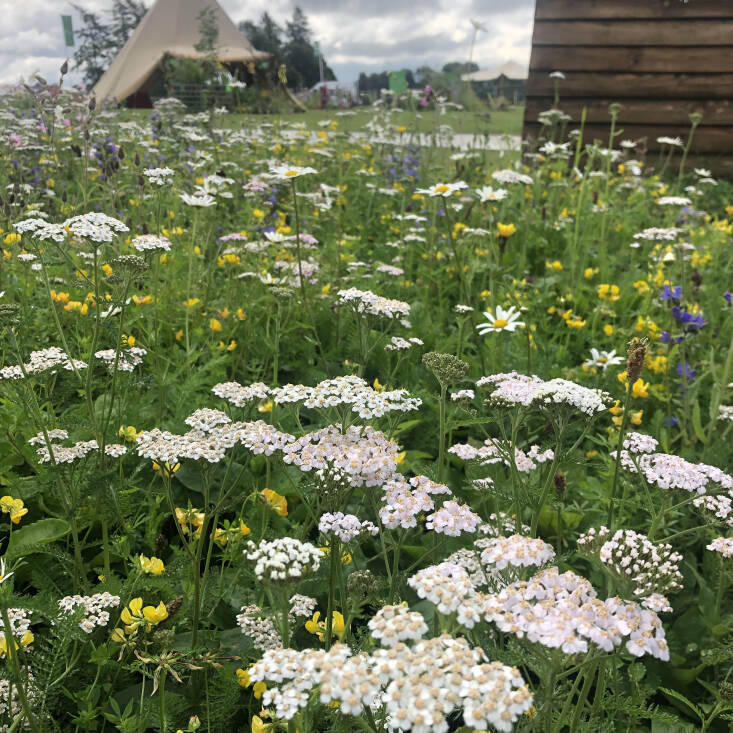
2. Provide a diverse menu of plants.
But think beyond typical garden plants, too. “Having a garden with a whole range of plant types is the key,” says Hockenhull, whose favorite plant to add is native honeysuckle. “Willowherb is a food source of the incredible elephant hawk-moth (which we captured onsite during a moth catch one night) and nettles, brambles, thistles and a whole range of wildflowers are key plants for a range of moths to exist. In the gardening world, we need to encourage the idea of being more tolerant of these weeds.”
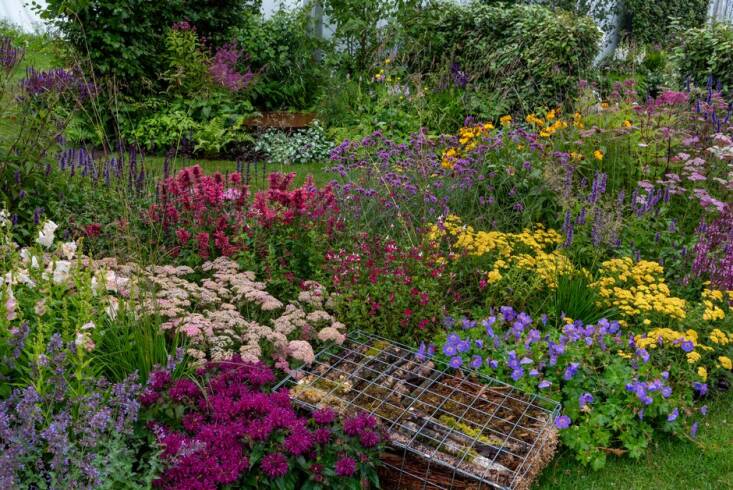
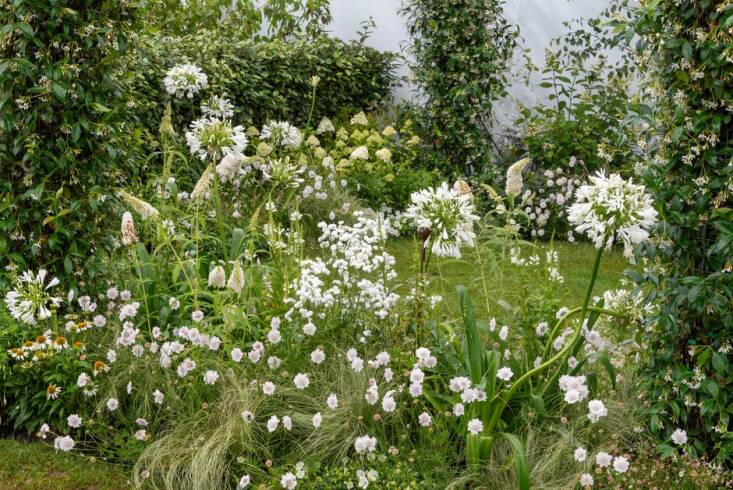
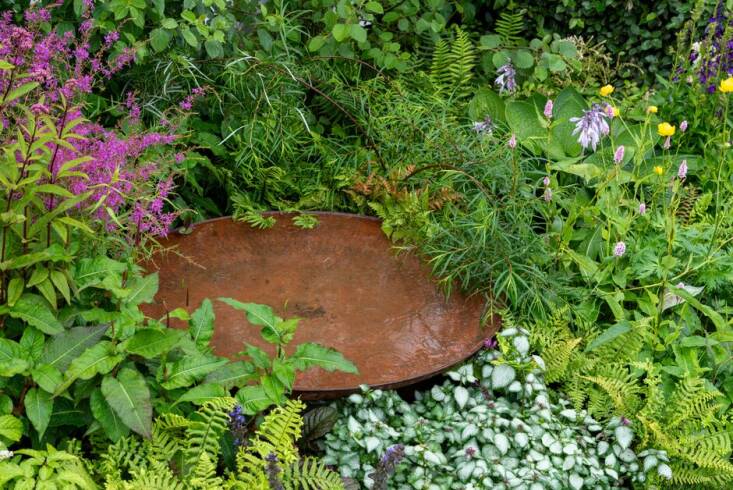
3. Give them shelter.
Choosing plants for all stages of the moth’s life cycle is also important. Foxgloves, mint, verbascums, and hedges all provide valuable habitat or food sources for the insects in all stages of their lives. “Shelter is another key ingredient to sustain moths in your garden,” adds the designer. Hedges, grasses, or ferns offer them a safe place to hide from predators. “Most people love to sweep away and discard leaves during the autumn; however, many moth eggs, pupae, and larvae hibernate in our fallen leaves. Raking them and using them as a mulch under trees, hedges, and shrubs is an easy way to help them and will create the best soil improver for your garden at the same time. Equally, creating ornamental habitats is a good way of re-using any garden cuttings, old stems and flower heads, twigs, moss etc to create safe places that they can rest undisturbed.”
